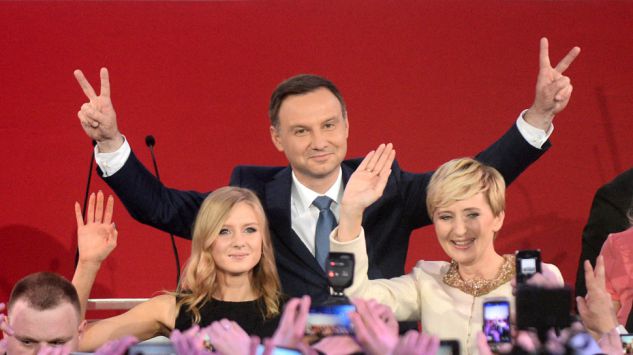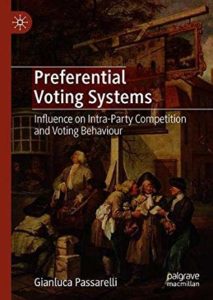New research explains why a first-round leader doesn’t always win the second round.
my article for The Monkey Cage – Washington Post
Poland’s President Andrzej Duda faces a second-round runoff election Sunday. Duda failed to clear 50 percent in the June 28 first-round election, which meant Poland would have to hold a runoff between the top two finishers. Duda faces Warsaw Mayor Rafal Trzaskowski in Sunday’s final vote.

The candidates
Political scientists Kamil Marcinkiewicz and Mary Stegmaier predicted the likelihood of a second-round runoff here in the Monkey Cage, in part because of strong campaigning from Trzaskowski. And while we would normally expect the candidate leading after the first round to win in the second round, our research shows it’s not that uncommon to see the first-round winner lose in the final voting.
How we did our research
In total, we looked at 73 countries and 181 elections from 1945 to 2020, including presidential and semi-presidential regimes. We found that in about 30 percent of all second-round competitions (that’s 57 percent of all the presidential elections since 1945) in presidential and semi-presidential regimes, it’s the runner-up from the first round who wins in the end.
While the number of electoral comebacks — when this second-place finisher wins the presidential runoff — constitutes important data for understanding the political process in those countries, we wanted to investigate an intriguing aspect: Why does this happen?
What predicts this second-round comeback effect?
To make plausible predictions about second-round comebacks, we have considered several factors: the political regime (presidential or semi-presidential), presidential power, term lengths and the electoral formula for the presidential election. Moreover, we took account of a number of details about the first round of voting, including the number of presidential parties and the distribution of votes among the candidates, or how large the vote gap was between the first-round winner and the runner-up.
In Poland’s 2020 election, the factors that matter most in predicting the results are the number of political parties running, whether the incumbent president was running for reelection, the term length and the difference in the first-round vote count between the top two candidates.
Interestingly, even those candidates with a large vote share in the first round were not always safe in the runoff voting. In all but one case, our database of runoff comeback victories tells us that the difference between the top two candidates in the first round was less than 20 points. Thus, the first round is important, especially in light of the front-runner’s vulnerability and chances of being defeated in the runoff.



